A few weeks ago, I went to take photos of the empty boarded up houses in the Kensington/ Edge Lane area of Liverpool. We’re not just talking a few houses here, or even a few streets of houses. There is an entire neighbourhood (what used to be a neighbourhood) quietly waiting for nothing. An end. The demolition began a couple of weeks ago, after the last lingering resident was forced out of her home on January 16th (edge-lane.info), and is scheduled to take around 6 months. The reason behind the forced relocation of Edge Lane’s residents and the demolition of these old Victorian houses is to widen the road; ostensibly this was in order to manage an expected increase of traffic from the M62 in 2008, the year that Liverpool held the title of European City of Culture. Ongoing legal action meant that this couldn’t happen, so instead the bizarre decision was made to paint brightly coloured pictures and generic inspirational/ meaningless slogans (“people” “creativity”) on the boarded up windows and doors. This felt uncannily like the Council attempting to wrap their mistake in a big shiny bow and pass it off as a gift, and indeed could hardly have looked any more inappropriate than a house sheepishly adorned with a lopsided ribbon. But it’s all neither here nor there now, really, because here won’t be there for much longer anyway – unintentionally ironic murals or otherwise.
(Predictably enough,) I have a bit of a thing for empty houses. I’m not sure exactly why, although it is undoubtedly a trait I inherited from my mother. I remember, years ago, us rushing in the car with a camera to take pictures of a big old house in the process of actually being demolished. Half of the walls had been ripped out, and it sat there, all its fireplaces and fittings exposed, with the same weird beauty as a dissected circuit board or the inside of a clockwork toy. Little rooms where people lived out little lives, and now there are no more stories to play out within them.
It’s like walking round a neighbourhood after the bomb. There’s hardly anyone about, and those few who are brave/lost enough to be here are wily enough not to stick around for long. It’s a ghost town; a vacuum on the outskirts of a busy hub. It feels sad. Not in a grand, epic, tragic sort of way – no violins reaching a crescendo, or rain falling from the sky and landing softly on my cheek, mimicking tears in pathetic fallacy. But then, the saddest moments are rarely so eagerly announced, are they? They slip you by, gently; until one day, you look back at an old photo and you realise quite how much you have lost.
I’m trying very hard not to get all soft-news-sentimental writing this blog, because I think that would be the easy route, and honestly I don’t think it’s necessarily a fair portrayal. To focus entirely on the obvious element of loss that is inherent in any such situation would be a bit of a cop out; it’s also a fascinating experience, to see how our human concepts of living space have changed in such a short space of time. It’s a scarred, post apocalyptic landscape and it makes me wonder a lot of things; like where did all the people go? Who used to live here? Can any home can be reduced to just a house, and then to a pile of bricks? Sometimes it all seems cold and frozen, dead-eyed houses caught in the perpetual almost-moment of their last fall. Other times, when the sun comes out from behind a cloud, the windows fiery orange and I wonder whether these old walls, transient as they are, could hold the flames for all that long – would everything just burn?
There are around 400,000 long term empty homes in Britain, a country which (as of 2005, forgive slightly outdated statistics) has 10,459 rough sleepers and 98,750 households in temporary accommodation. I won’t bother drawing the conclusion for you there because it seems pretty obvious. I will also add that there are numerous instances throughout the country when buildings that would have otherwise been left abandoned to slowly decay like so much old fruit have been successfully squatted, as places of residence, community centres or art spaces. (rampART blog, Autonmous London blog, cooltan arts centre) To my mind, it makes a lot of sense to make use of what we have, rather than throwing it away so we can get something newer but not necessarily better.
We have a terrible habit of destroying things that, once gone, can never be replaced. We value things based on ever changing criteria; no sooner have we built our towers so high they scrape the sky than we have pulled them down again. What we dream of today we forget tomorrow. I don’t think it’s healthy to forget everything that used to mean so much. I don’t think it says anything very commendable about that aspect of our culture, and I would rather we at least tried to keep some connection to our past, because once upon a time, it was everything, and that should count for something at least.


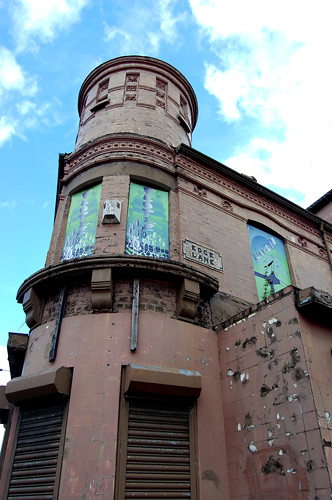
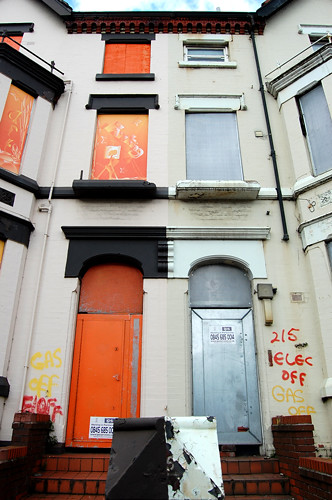

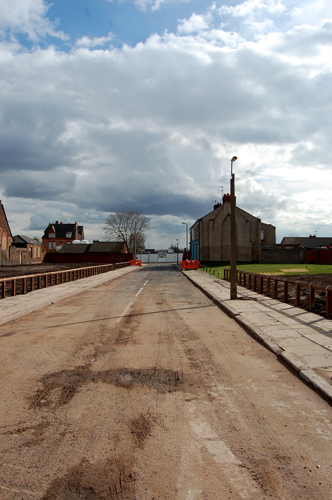

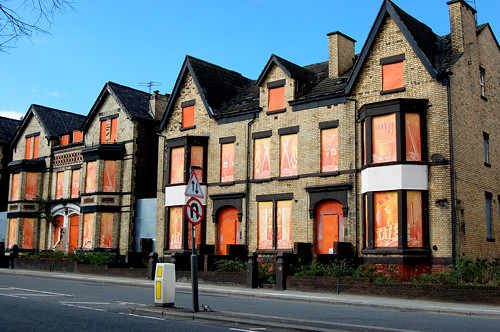
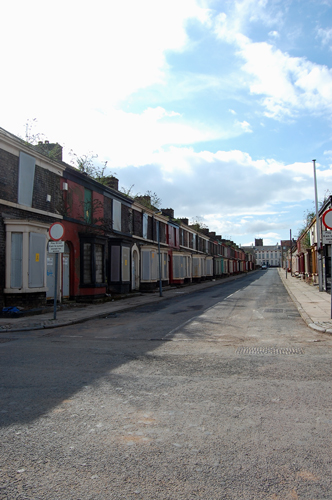







No comments:
Post a Comment